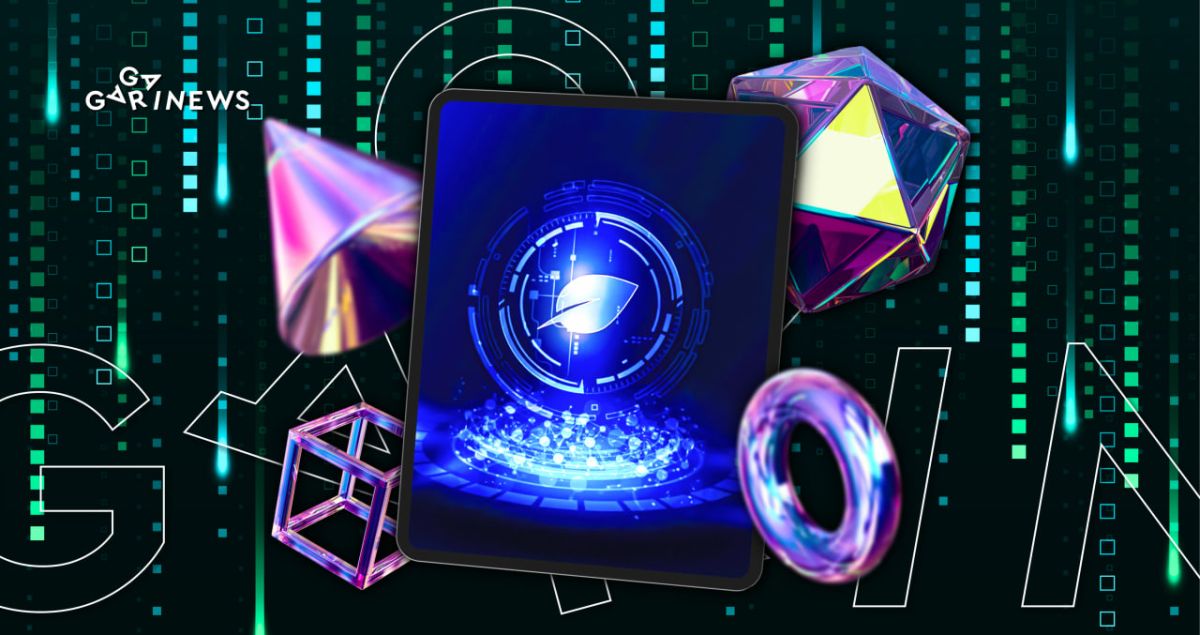What is Chia, and how does it work?

Chia is a green cryptocurrency created by BitTorrent creator Bram Cohen. Its energy efficiency is ensured by a unique PoST protocol.
On this page
What is Chia?
The average person is likely to answer – trendy food. The history connoisseur will answer – the primary staple of the Aztec diet, along with corn. “Chia? It’s a green cryptocurrency,” the crypto enthusiast would say. And he will be right, either.
Chia is presented as an environmentally friendly alternative to Bitcoin. For example, bitcoin mining involves an energy-intensive computational process. Chia developed a special Proof-of-Space-and-Time (PoST) consensus algorithm to generate new coins. It requires relatively little energy.
How does PoST work?
The Chia Network calls the process of mining chia “farming” (it is believed that this cryptocurrency is not mined but farmed). Farmer's resource is free space on their PC's hard drive. PoST provides evidence that a certain amount of data has been physically stored on the user's computer for a certain time.
It was totally designed from the ground up to be as or more secure than proof of work and far more decentralized while using 1,000 to 10,000 times less power per unit of security
the developers say.
Who created Chia?
Chia was invented by Bram Cohen, a programmer who has already become famous for his BitTorrent file-sharing protocol. In 2017, he founded Chia Network Inc. In May 2021, Chia Network raised $61 million in a funding round and was valued at about $500 million. At the same time, there was talk of an imminent IPO. But so far, these plans have yet to be implemented. As you can see, Chia joined the highly competitive cryptocurrency market during the bull cycle. Immediately after the network launch, the Chia price (XCH) soared to about $1,600, but by the end of June, it collapsed to $230. Today, Chia (XCH) has a market capitalization of $289.4 million. In January 2023, Chia was traded at $28.72 – $45.9. The maximum price of XCH in the bear year of 2022 was $86.5.
Price dynamics for Chia in 2022
Source: Binance
What are the benefits of Chia?
Unlike Bitcoin, which is mined using mining machines, Chia does not require specific equipment for farming. “We developed our software intending to make it available to anyone who can use the Internet,” says Bram Cohen. Since farming does not require additional energy, you can literally farm Chia on the windowsill. Start with a personal computer or laptop. All you need is a 1.5GHz processor, 2GB of RAM, and a 1TB SSD or hard drive.
Features of the Chia supply
Chia issue has an unlimited supply. The first block contains a premine with 21 million coins owned by Chia Network. Farmers' rewards are halved every 3 years. The Chia farming speed after launch was approximately 390 coins per hour. In the 12th year after the start of mass farming, up to 30 coins can be farmed in one hour. According to the calculations of Cohen and other owners of the Chia Network, such a scheme should motivate farmers to work on farming Chia.
Risks of Chia farming
During the launch phase of the Chia network, the global market experienced a surge in demand for hard drives. This trend was reported by major hard drive manufacturers Western Digital and Seagate. Their shares have skyrocketed, and Chia farming has risen in price. Now, for obvious reasons, the excitement subsided. But another problem arose – hard drives wear out quickly due to XCH farming. For this reason, Hetzner, the German hosting and cloud provider, has banned crypto mining on its servers. Chia skeptics claim that this “crop” can kill a 1 TB SSD in less than 3 months (under normal conditions, a disk can work for up to five years).
The content on The Coinomist is for informational purposes only and should not be interpreted as financial advice. While we strive to provide accurate and up-to-date information, we do not guarantee the accuracy, completeness, or reliability of any content. Neither we accept liability for any errors or omissions in the information provided or for any financial losses incurred as a result of relying on this information. Actions based on this content are at your own risk. Always do your own research and consult a professional. See our Terms, Privacy Policy, and Disclaimers for more details.


























